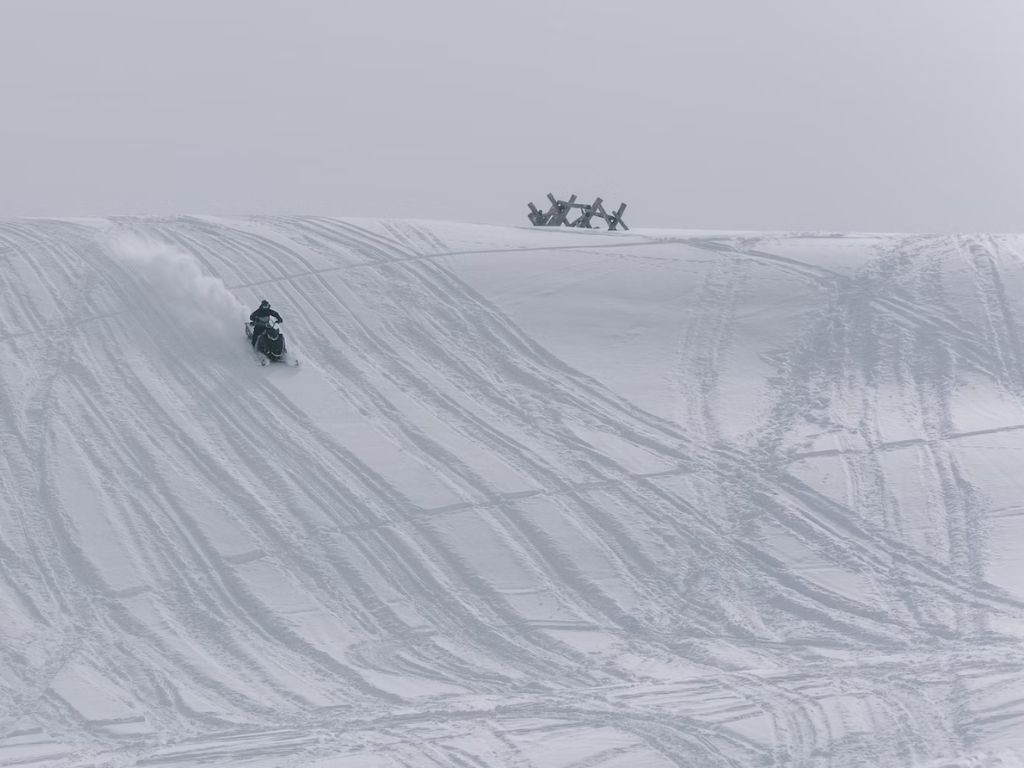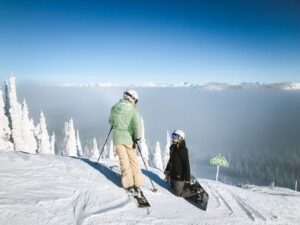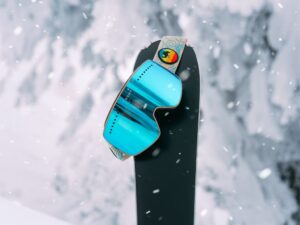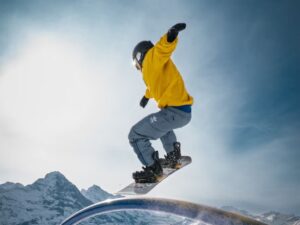Yesterday, I read this article about the dangers of backcountry snowboarding and skiing. It mentioned a story from 2010 where two riders witnessed the largest recorded avalanche (60ft wide) in the history of Bridger Range, Montana.
I won’t lie it scared the sh*t out of me. After a minute or two, I began thinking: How dangerous is backcountry snowboarding? And if it’s worth taking the risks?
Backcountry snowboarding is an experience that blends the purest forms of freedom, solitude, and adrenaline into one unforgettable ride. But as mesmerizing as this untamed wilderness is, it’s not without its perils.
Backcountry snowboarding is potentially dangerous due to the possibility of sudden avalanches, hidden obstacles, extreme weather conditions, and getting lost in the wilderness. According to the CAIC, an average of 27 people die from avalanche-related incidents annually in the United States, majority of whom are backcountry snowboarders and skiers.
That said, don’t let these numbers scare you away. Treat them as a reality check instead. The truth is backcountry is no joke, but the whole experience can be made safe with proper preparation and safety measures.
What exactly is Backcountry Snowboarding?

Imagine being dropped off by a helicopter on a secluded mountaintop or hiking up an untouched peak miles from the nearest ski lift. The descent? Pure, unadulterated snow, a blank canvas just waiting for your artistic turns.
This is the essence of backcountry snowboarding. No queues, no screaming kids—just you, your board, and the mountain. Sounds like paradise, doesn’t it?
But let’s get one thing straight: This is no ordinary day at a groomed resort.
Backcountry snowboarding is an expedition into the untamed wilderness, a world away from the controlled environment of a regular snowboarding park. You won’t find any trail markers or safety patrols here.
How risky is backcountry snowboarding?
1. Avalanches
Avalanches are the headline-grabbers regarding backcountry risks—and for good reason. These natural disasters can bury you under tons of snow within seconds, leaving little to no time for escape.
According to the American Institute for Avalanche Research and Education (AIARE), 90% of avalanche accidents are triggered by the victim or someone in the victim’s party.
Terrain assessment and snowpack evaluation are essential skills to acquire before venturing into these areas. Even then, no matter how careful you are, there’s always a lingering risk. You must always carry an avalanche transceiver, probe, and a shovel.
2. Unmarked Terrain and Hidden Obstacles
Resorts groom their slopes to minimize hazards. In the backcountry, Mother Nature isn’t as accommodating.
I remember my first trip; I was navigating what seemed to be a clear path until I hit an unexpected rock, flipping over and twisting my ankle. And that’s just one of the countless hidden obstacles you might encounter—ledges, crevasses, and stumps also populate the landscape.
3. Extreme Weather Conditions
Visibility can drop to zero in seconds, and strong winds can make staying upright challenging. Frostbite and hypothermia are real concerns here.
If you’re thinking, “I can handle a little cold,” let me tell you, when you’re far from the shelter, a ‘little cold’ can escalate into a life-threatening situation astonishingly quickly.
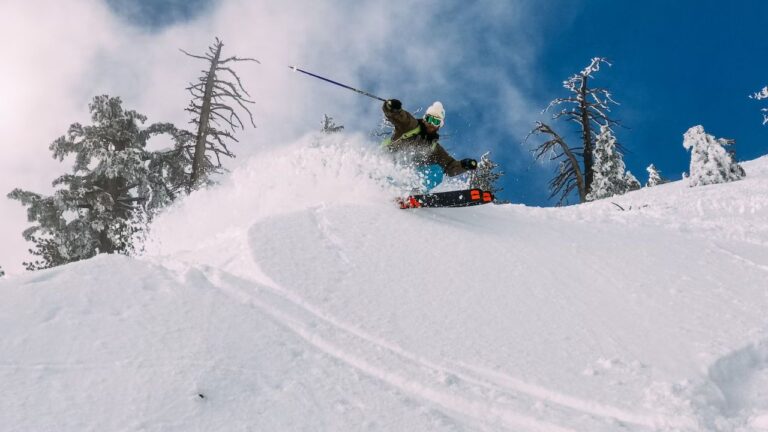
4. Getting Lost
Losing your way in a place where every snow-covered tree looks the same is easier than you’d think. GPS can be a lifesaver, but technology is not foolproof.
I’ve been in areas where my GPS lost signal and had to rely on old-school navigation methods. That’s why it’s crucial to have a physical map and a basic understanding of how to use it, along with your digital tools.
5. Tree Wells
Tree wells are areas of loose snow around the base of trees. They might look harmless, but falling into one can be like sinking into quicksand. This can result in a potentially fatal situation if you’re riding alone.
6. Getting Sick
Illnesses can often catch us off-guard and escalate rapidly in these circumstances. Always carry a basic first-aid kit, including medications for common illnesses you might encounter. Also, learn the basics of treating symptoms until you can get professional medical help.
7. Legal Trouble
Whether it’s private land or a protected natural reserve, being caught in a place you’re not supposed to be can result in heavy fines and legal complications.
Always research the area you plan to snowboard to ensure you’re not breaking any laws.
In my humble opinion, backcountry snowboarding is not risky if you’re not reckless.
How do you prepare for backcountry snowboarding?
If you want your journey to be exhilarating rather than life-threatening, you must put in the time before strapping on that board. So, let’s get into the nuts and bolts.
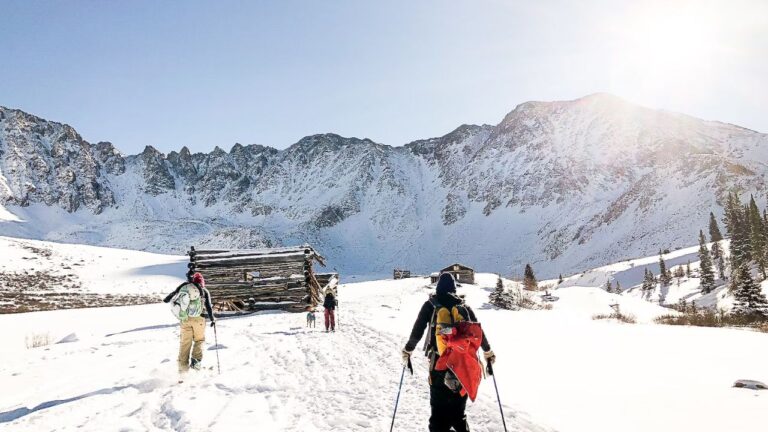
1. Avalanche Safety Courses
As a responsible snowboarder, you must understand the science to mitigate the risk. Taking an avalanche safety course is not just a recommendation—it’s essential.
These courses teach you about snowpack evaluation, terrain assessment, and rescue techniques. I took my first avalanche course a few years ago, and the hands-on training was a game-changer. You know what they say: better late than never.
I have mentioned this before – learn how to read a map and use a compass. It can be the difference between safety and a life-threatening situation.
3. First Aid Training
You’re far from help in the backcountry, so even minor injuries can become major problems if not treated promptly.
Take a basic first-aid course and carry a kit tailored to snowboarding injuries. Knowing how to treat a sprain or deal with hypothermia can be life-saving.
4. Other Preparations
Additional preparations include keeping an eye on weather forecasts and avalanche reports. Ensure you’re in excellent physical condition before going on a backcountry journey.
Fitness training, muscle conditioning, and stamina building can’t be skipped. Can you trek miles in knee-deep snow without adequate physical conditioning? Take it from someone who tried—you can’t.
How do you stay safe backcountry snowboarding?
1. Essential Safety Gear
Avalanche Transceivers
An avalanche transceiver can help rescuers locate you if you’re buried in an avalanche. And you’ll use it to locate others if the roles are reversed.
Probes and Shovels
It helps you poke through snow to find someone buried in an avalanche, while a shovel is used for digging them out. Both should be lightweight yet sturdy.
First Aid Kit
I can’t stress enough the importance of a well-stocked first aid kit. Antiseptic wipes, bandages, pain relievers, and even prescription medication for altitude sickness can be lifesavers.
GPS and Communication Devices
Two-way radios or satellite phones are essential for communication, especially if you get separated from your group. GPS is crucial, but carry extra batteries or a power bank.
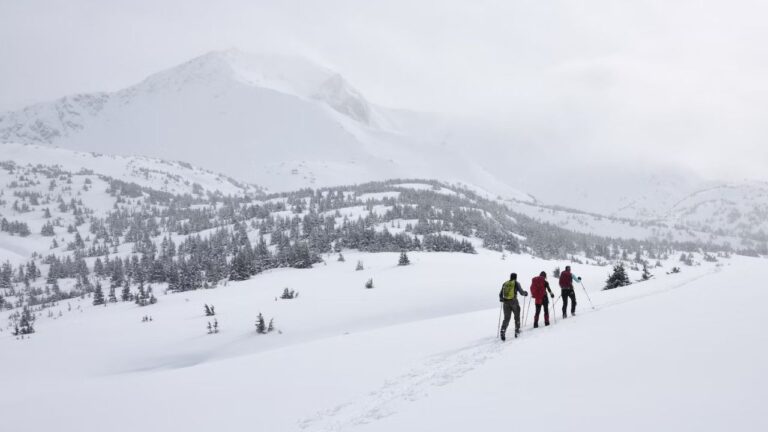
2. Minimizing the Risks
Partnering Up and Never Going Alone
Not only can your partner assist in emergencies, but there’s also an emotional benefit to sharing the experience with someone.
Researching the Area Beforehand
Information is your ally. Study the terrain, know the danger zones, and understand the local weather patterns.
Have a detailed plan and share it with someone who won’t be on the trip so they know where to look if you don’t return on time.
Knowing When to Turn Back
Hubris has no place in the backcountry. If something feels off—your condition or the environment—turn back. It’s better to miss out on one trip than to take risks that could have irreversible consequences.
Is it okay to go backcountry snowboarding alone?
Even among seasoned backcountry veterans, the topic is controversial, and it’s easy to see why.
Generally speaking, you shouldn’t ever go alone for backcountry snowboarding. You’ll be putting yourself at a higher risk because there are situations that you just can’t handle alone. Alternatively, snowboarding in a group can be a rewarding experience for everyone.
Some folks swear by the solo backcountry experience, proclaiming it the epitome of freedom and self-reliance. I get it; I really do.
Carving fresh tracks in virgin snow without a soul in sight is tempting. The solitude allows you to connect with nature in a nearly impossible way when you’re with a group.
However, the risks you face while backcountry snowboarding exponentially increase when you’re alone.
Consider avalanches, the most significant threat in the backcountry. If you’re caught in an avalanche alone, your chances of rescue are slim to none, even with all the fancy gear.
In a duo or a group, you’ve got extra eyes to assess the terrain and, crucially, someone to dig you out if you get buried. But let’s play devil’s advocate for a moment.
Suppose you still want to go at it alone. Make sure you’re fully equipped with knowledge and gear. Even then, take extra precautions at all times.
Share your detailed itinerary with a reliable contact outside the trip and schedule regular check-ins. Carry emergency communication devices like satellite phones that work even in the most remote locations. And have a Plan B, and even a Plan C, because things rarely go as planned in the backcountry.
Good luck!

